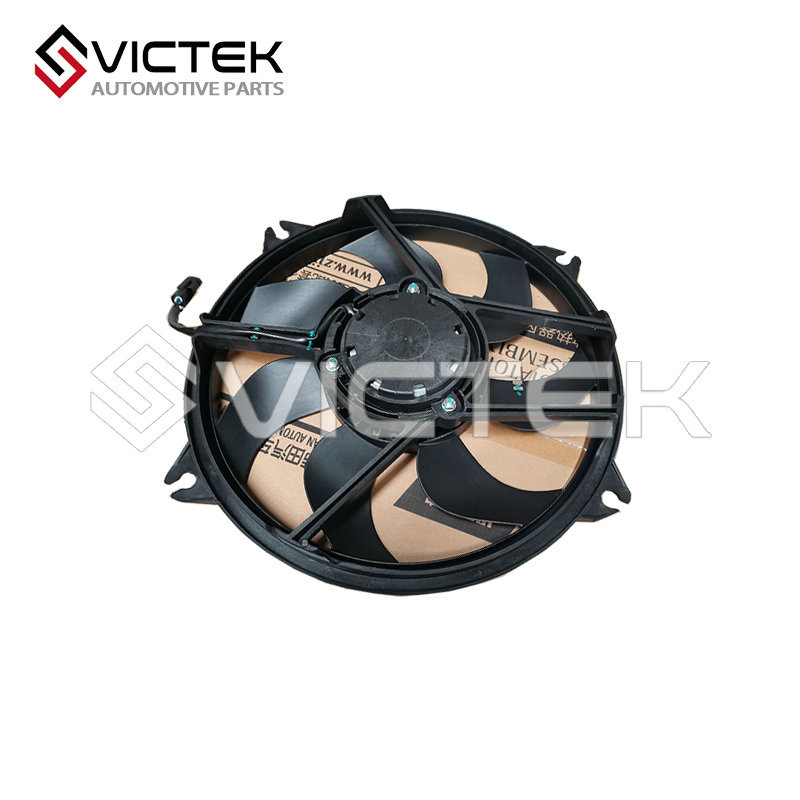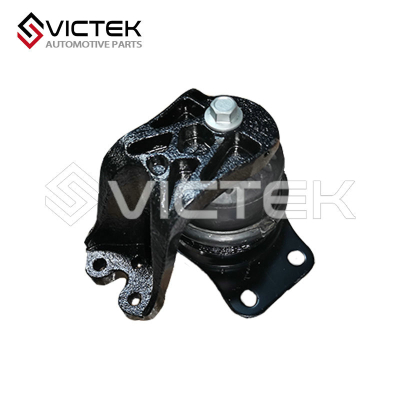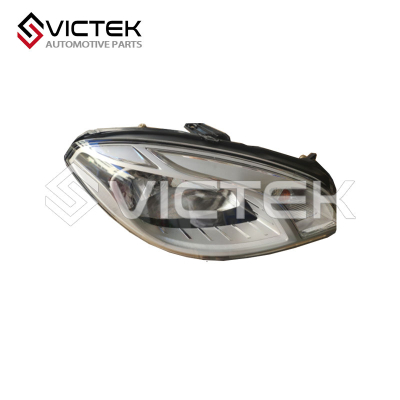2847000
Enhance radiator heat release: When the engine temperature rises (e.g., during high-speed driving or idling in hot weather), the fan starts spinning to blow air through the radiator. This accelerates heat transfer from the coolant to the air, quickly lowering the coolant temperature.
Regulate engine temperature: It works with the vehicle’s temperature sensor—turning on automatically when the coolant reaches a certain temperature (usually 90–95°C) and shutting off when it cools down. This keeps the engine at a stable, optimal operating temperature.
Assist air conditioning cooling: When the H30’s air conditioning is turned on, the fan often runs simultaneously. It helps dissipate the heat generated by the air conditioning condenser (installed near the radiator), ensuring the AC system cools efficiently.
Fits These: All Dongfeng H30 variants (matches the radiator size, electrical system voltage, and engine bay mounting points—confirm with VIN).
Won’t Fit These:
Other Dongfeng models: Like Dongfeng AX7, S30, or H30 Cross—different radiator dimensions, motor power requirements, and mounting bracket designs (fan can’t cool or install properly).
Non-Dongfeng vehicles: Even if similar in appearance, the electrical connector and installation position are completely different (no functional compatibility).
H30 with modified cooling systems: Aftermarket radiators or engine upgrades need matching high-power fans—original fan can’t meet the increased cooling demand.
Prep: Techs disconnect the H30’s battery to prevent short circuits, then remove the bolts fixing the old fan to the radiator bracket.
Remove old fan: They disconnect the electrical connector of the old fan, take it out, and check the radiator surface for dust or debris (clean if needed).
Install new fan: They align 2847000 with the mounting bracket, secure it with bolts, reconnect the electrical connector, and reconnect the battery.
Test: They start the engine, let it warm up, and confirm the fan turns on automatically when the temperature rises—ensuring normal operation.
Clean fan blades regularly: Every 20,000km, open the hood and wipe the fan blades with a soft brush—dust, leaves, or bug residues block airflow (reduces cooling efficiency).
Check electrical connections: During oil changes, ask techs to inspect the fan’s wiring connector—loose or corroded connections cause the fan to fail to start.
Listen for abnormal noises: If the fan makes squeaking or rattling sounds while running, it means the motor bearings are worn or blades are loose—get it checked immediately.
Monitor engine temperature gauge: If the gauge often shows high temperature (near the “H” mark), the fan may be faulty—stop driving and inspect to avoid engine damage.
Summary: Dongfeng H30 Radiator Fan (2847000)
Contact us































